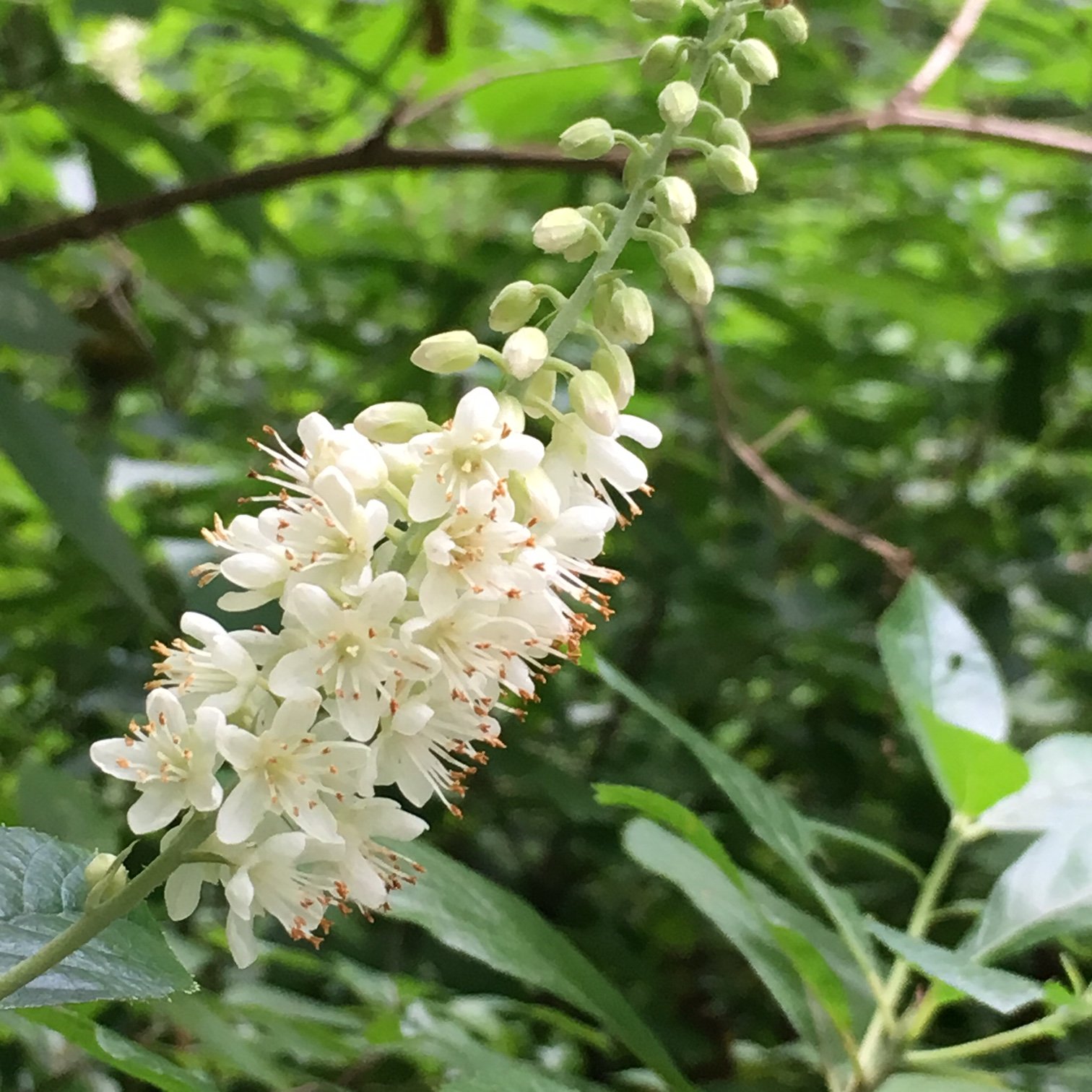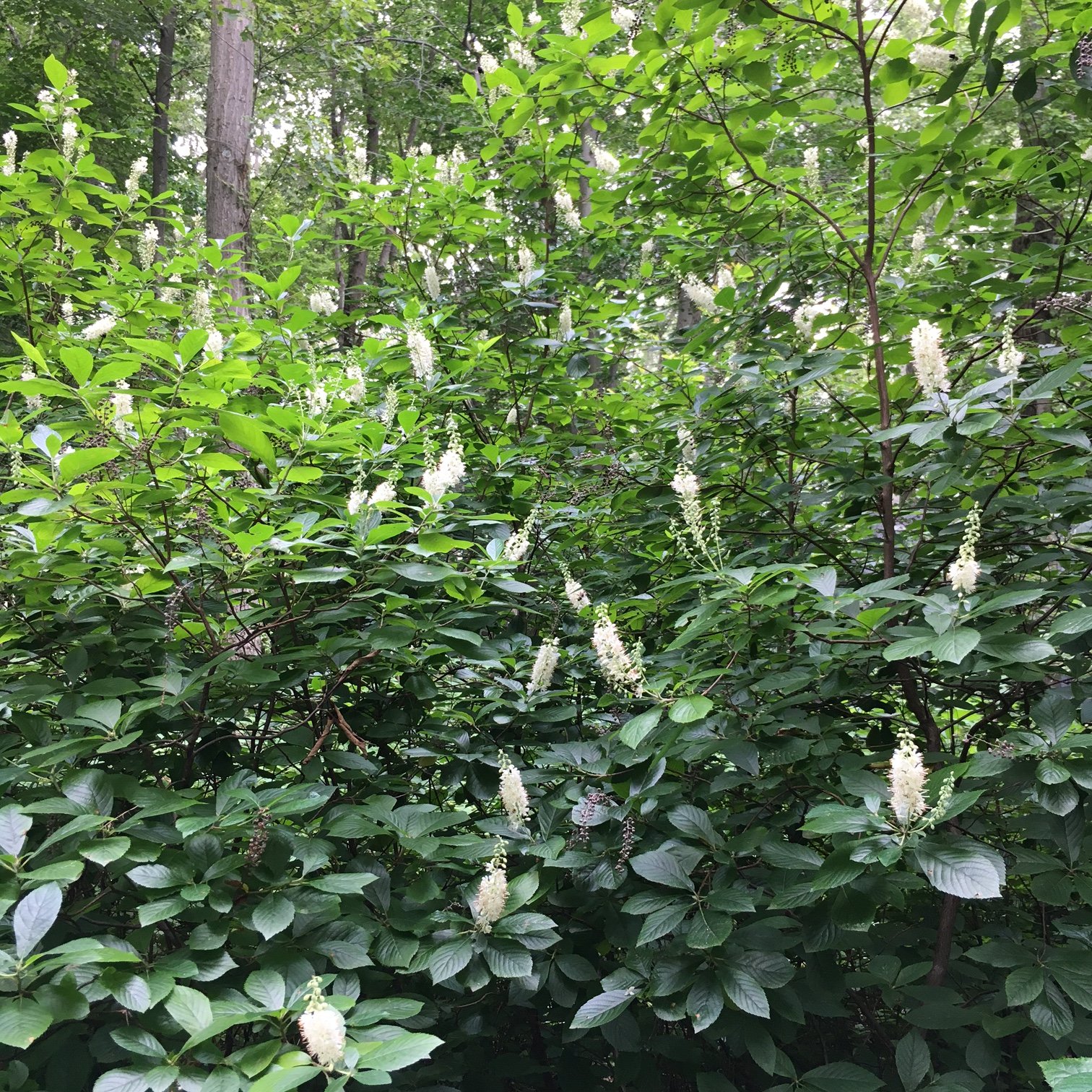The conservation-grade shrubs offered by our nursery are produced by a regional grower with decades of experience growing plants for conservation and restoration. These shrubs are seed propagated from wild seeds collected within ecoregion 59 (Northeastern Coastal Zone) and are regionally-adapted to growing in our area. They are genetically diverse, maintaining the same characteristics of plants growing in the wild.


